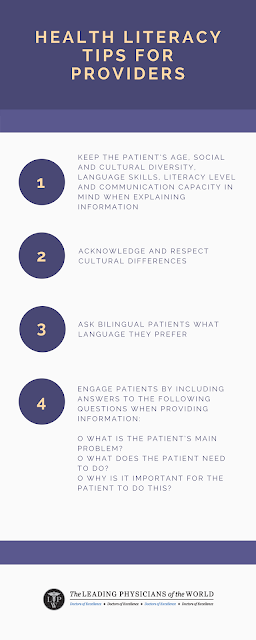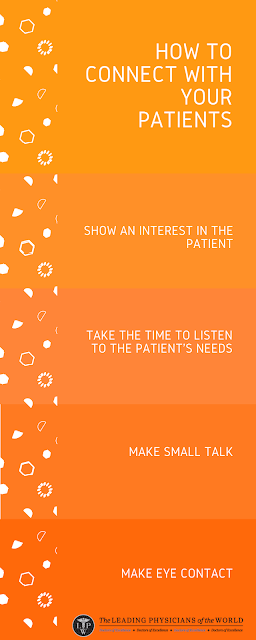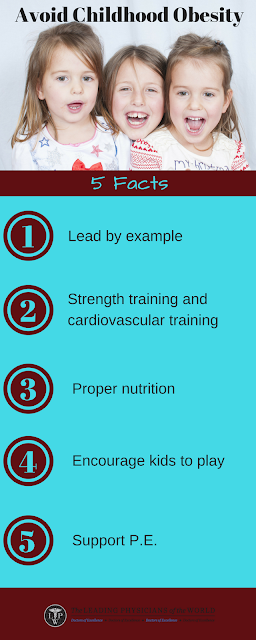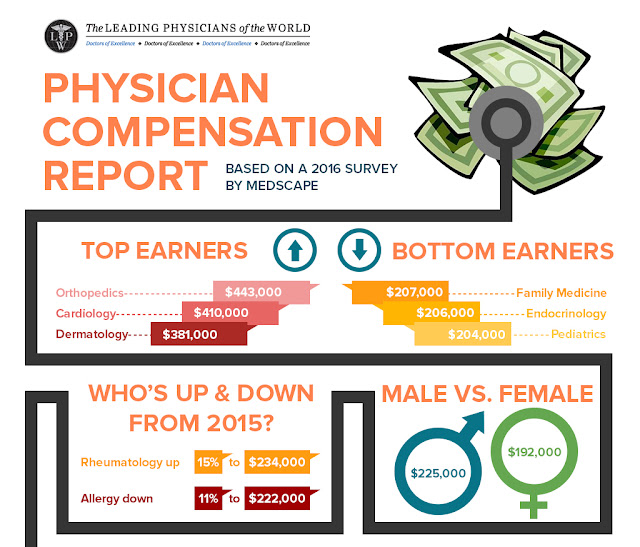What is Medicaid Role?

Medicaid, the nation’s public health insurance program for low-income people, now covers nearly 60 million Americans, including many working families, as well as many of the poorest and most fragile individuals in the US society. Medicaid is the largest source of financing for nursing home and community-based long-term care, and it provides essential funding for the safety-net delivery system on which many Americans rely. Most Medicaid enrollees would be uninsured without the program. Medicaid is a counter-cyclical program; during the economic recession, it expanded as intended, assisting millions of people affected by loss of employment and health coverage and declining income, but also straining state budgets. A Growing Program In 1965, the United States enacted Medicare for the elderly – and also Medicaid to help pay for health care for very poor children, the disabled, and seniors. At first, the types of people eligible for Medicaid were those receiving cash welfare ...










